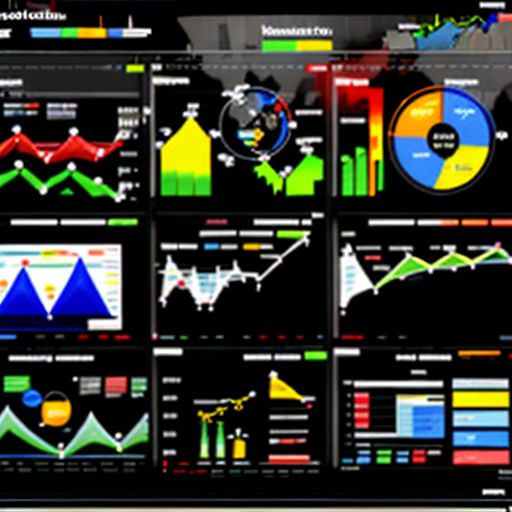Statement of Financial Position vs Balance Sheet: Understanding the Difference
Imagine you’re about to embark on a financial journey. You wouldn’t just hop in the car and drive without knowing your starting point, would you? That’s where the “statement of financial position” or “balance sheet” comes in. These terms often confuse people, but understanding them is crucial for navigating the world of finance, whether you’re a seasoned business owner or just starting out.
Unpacking the Terminology: Are They Really Different?
The short answer is: no, they are not different. “Statement of financial position” and “balance sheet” are two names for the same crucial financial document. This statement provides a snapshot of a company’s financial health at a specific point in time.
Think of it like a photograph capturing your assets (what you own), liabilities (what you owe), and equity (the difference between the two) at that exact moment.
Why Two Names for the Same Thing?
The term “balance sheet” is more commonly used in the United States, while “statement of financial position” is preferred internationally, particularly under International Financial Reporting Standards (IFRS).
However, both terms refer to the same financial statement and present the same information, just with a slightly different emphasis:
- Balance sheet: Emphasizes the fundamental accounting equation: Assets = Liabilities + Equity.
- Statement of financial position: Highlights the dynamic nature of a company’s financial status, which is constantly changing.
finance.taigamemienphi.me/wp-content/uploads/2024/07/balance-sheet-illustration-669bee.jpg" alt="Balance Sheet Illustration" width="512" height="512">Balance Sheet Illustration
What Makes the Statement of Financial Position/Balance Sheet So Important?
This seemingly simple document is a goldmine of information for anyone interested in understanding a company’s financial well-being. Here’s why it matters:
- Investors: Use it to assess a company’s financial risk and potential for return on investment.
- Creditors: Rely on it to determine creditworthiness and the ability to repay loans.
- Management: Utilizes it to make informed financial decisions, track performance, and plan for the future.
Delving Deeper: Key Elements of the Statement
The statement of financial position/balance sheet comprises three main sections:
1. Assets
Assets are what a company owns and can be categorized as:
- Current assets: Expected to be converted into cash or used up within one year (e.g., cash, accounts receivable, inventory).
- Non-current assets: Held for longer than one year (e.g., property, plant, and equipment, long-term investments).
2. Liabilities
Liabilities represent a company’s obligations to others and are classified as:
- Current liabilities: Due within one year (e.g., accounts payable, short-term debt).
- Non-current liabilities: Due over a longer term (e.g., long-term debt, deferred revenue).
3. Equity
Equity represents the owners’ stake in the company. It’s the residual interest in the assets after deducting liabilities.
Understanding the Relationship: The Accounting Equation
The statement of financial position always adheres to the fundamental accounting equation:
Assets = Liabilities + Equity
This equation ensures that the sheet always “balances.” Any increase on one side must be accompanied by a corresponding increase on the other side.
Beyond the Basics: Analyzing the Statement
Understanding the individual components is just the first step. The real value comes from analyzing the relationships between them. Several financial ratios can be derived from the statement of financial position/balance sheet, providing valuable insights into:
- Liquidity: Ability to meet short-term obligations.
- Solvency: Ability to meet long-term obligations.
- Financial leverage: The extent to which a company uses debt financing.
Navigating Your Financial Journey
Whether you call it a “statement of financial position” or a “balance sheet,” this financial statement is an indispensable tool for anyone involved in the world of business and finance. By understanding its components, the relationships between them, and how to analyze it, you’ll be well-equipped to make informed decisions and navigate your financial journey with confidence.
Have any further questions or want to delve deeper into specific aspects of financial statements? Share your thoughts and queries in the comments below! Don’t forget to explore our website for more insightful articles on finance, accounting, and business growth.






